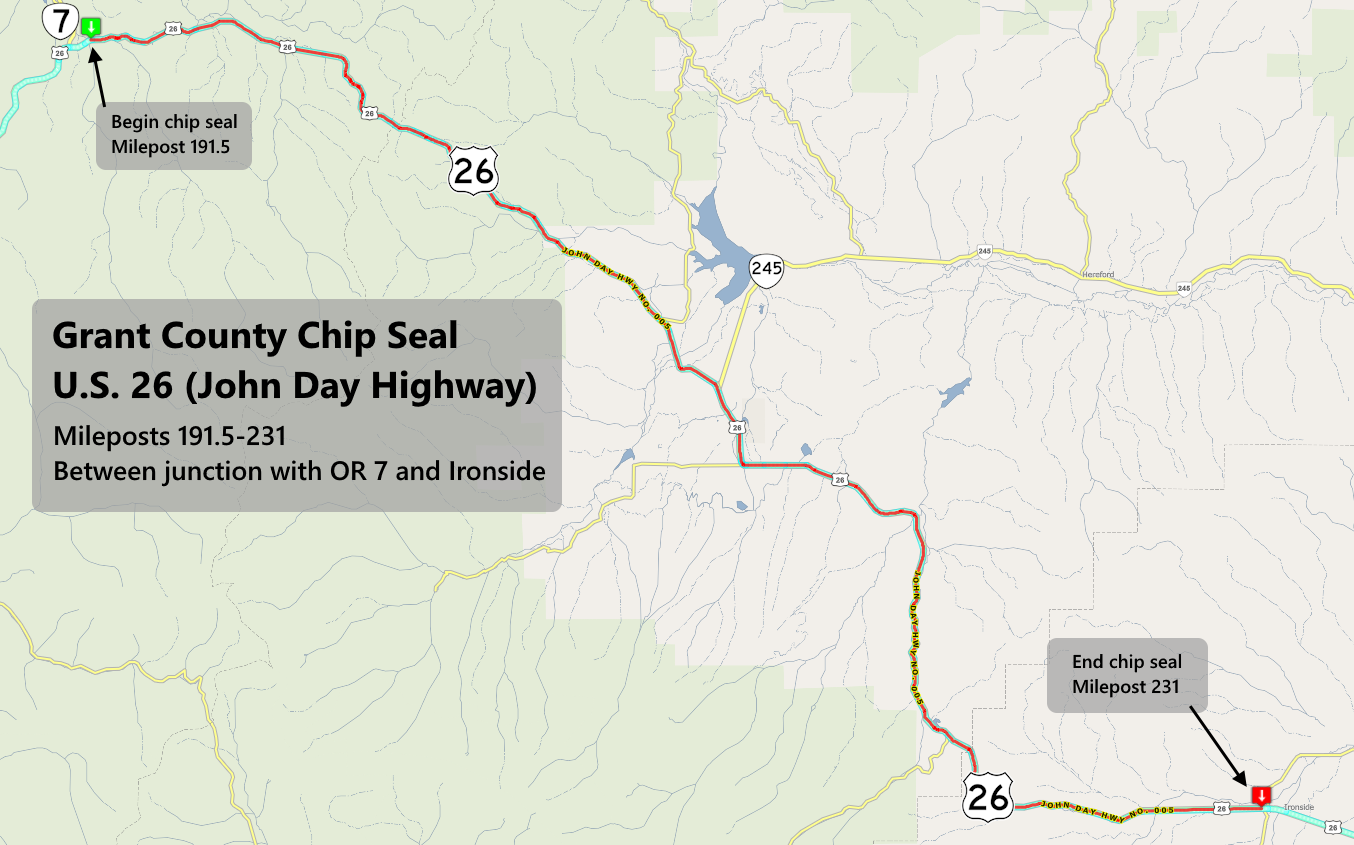Oregon OSHA adopts emergency rule to protect farmworkers from extreme heat
Published 1:45 pm Thursday, July 8, 2021

- The new emergency rules adopted by Oregon OSHA are intended to protect workers from extreme heat.
Oregon OSHA on Thursday adopted an emergency rule related to employees working in extreme heat.
The rule, which comes after a record-setting heat wave that led to one farmworker’s death, is intended to protect workers from heat-related death and illness.
The temporary rule is effective immediately and will stay in place for 180 days, or until a permanent rule replaces it. The rule applies not only to farms but to any workplace, indoors or outdoors, where weather could lead to potential heat dangers for workers.
“This rule creates greater clarity for employers about the specific steps that need to be taken to protect workers from heat stress dangers at work,” Michael Wood, administrator of Oregon OSHA, said in a statement. “For employees, it further crystalizes their existing rights to protection from heat hazards where they work.”
The new rule will make the following changes to workplaces.
When the heat index is equal to or above 80 degrees Fahrenheit, employers are required to provide:
• Access to sufficient shade (specifics below).
• An adequate supply of drinking water (specifics below).
When the heat index rises above 90 degrees, all of the rules for 80 degrees apply and, in addition, employers must:
• Ensure effective communication between an employee and a supervisor is maintained so the employee can report concerns.
• Ensure that employees are observed for alertness and signs and symptoms of heat illness and monitored to determine whether medical attention is necessary.
• Provide a cool-down rest period in the shade of 10 minutes for every two hours of work. These preventive cool-down rest periods may be provided concurrently with any other meal or rest period required by policy, rule or law.
• Develop and implement an emergency medical plan and practices to gradually adapt employees to working in the heat.
Access to shade
To be sufficient, shade must:
• Be provided by any natural or artificial means that does not expose employees to unsafe or unhealthy conditions and that does not deter or discourage access or use.
• Either be open to the air or provide mechanical ventilation for cooling.
• At least accommodate the number of employees on recovery or rest periods, so that they can sit in in the shade.
• Be located as close as practical to the areas where employees are working.
• Shade present during meal periods must be large enough to accommodate the number of employees on the meal period that remain onsite.
Drinking water
To qualify as an adequate supply of drinking water, it must:
• Be readily accessible to employees at all times and at no cost.
• Enable each employee to consume 32 ounces per hour.
• Be cool (66-77 degrees) or cold (35-65 degrees).
• Drinking water packaged as a consumer product and electrolyte-replenishing drinks that do not contain caffeine (for example, sports drinks) are acceptable substitutes, but should not completely replace the required water.
• Employers must also ensure that employees have ample opportunity to drink water.
All of the above requirements are effective immediately. One requirement, however, does not need to be met until Aug. 1: training.
Training requi
red
No later than Aug. 1, employers must ensure that all employees, including new employees, supervisory and non-supervisory employees, are trained in the following topics, in a language readily understood, before they begin work in a heat index equal to or in excess of 80 degrees:
• The environmental and personal risk factors for heat illness, as well as the added burden of heat load on the body caused by exertion, clothing and personal protective equipment.
• The procedures for complying with the requirements of this standard, including the employer’s responsibility to provide water, provide daily heat index information, shade, cool-down rests and access to first aid as well as the employees’ right to exercise their rights under this standard without fear or retaliation.
• The concept, importance and methods of adapting to working in a hot environment.
• The importance of employees immediately reporting symptoms or signs of heat illness in themselves, or in co-workers.
• The effects of non-job factors (medications, alcohol, obesity, etc.) on tolerance to workplace heat stress.
• The different types of heat-related illness, and the common signs and symptoms of heat-related illness.
The full text of the temporary rule is available on Oregon OSHA’s website.
The rule, in its current form, does not outline enforcement mechanisms. Reyna Lopez, executive director of PCUN, the state’s largest farmworker union, said that while the organization applauds the rules, “there are still concerns about whether they will be adequately enforced.”
Oregon OSHA, along with more than 90 stakeholders, are currently working to craft a permanent heat- and smoke-related workplace rule expected to be adopted this fall.






